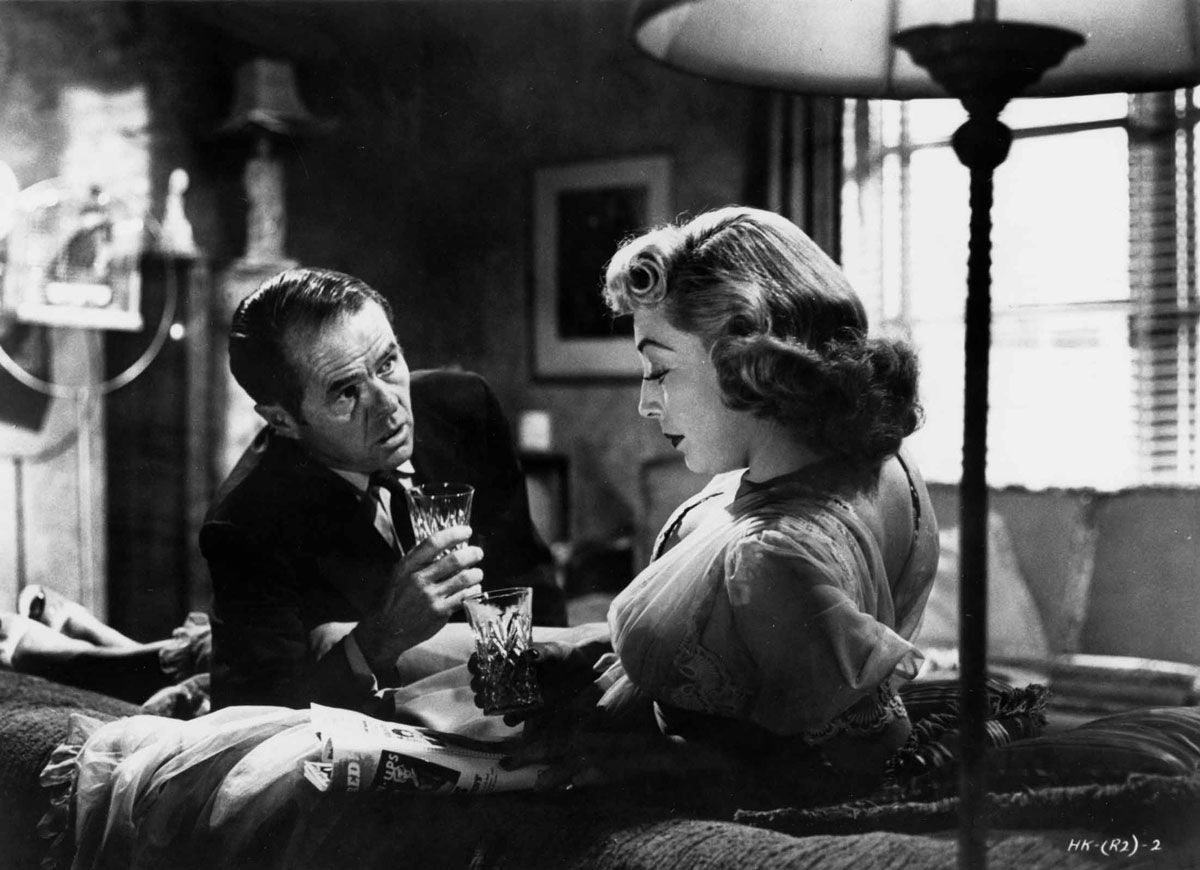For the first time, Studio Ghibli has collaborated with an outside animator, Michaël Dudok de Wit, and his breathtaking The Red Turtle proves a worthy heir to this Ghibli tradition
By Isabel Stevens
At the start of The Red Turtle, a hand-drawn Totoro flashes up on screen. The friendly furry beast adorns Studio Ghibli’s familiar logo. Normally it has a sky-blue wash behind it. But in honour of Dutch animator Michaël Dudok de Wit’s The Red Turtle, the studio’s first non-Japanese production, here it is bathed in red.
“If one day Studio Ghibli decides to produce an animator from outside the studio, it will be him,” was Miyazaki’s pronouncement after watching Dudok de Wit’s Oscar-winning animated short Father and Daughter (2000). The eight-minute film has a lot of Ghibli- isms: it’s about loss; it tackles its melancholy subject with deceptively simple drawings; above all, it pays close attention to nature. Miyazaki, the lover of clouds, no doubt saw the many different and luminous ways Dudok de Wit sketched the sky using just sepia tones and recognised a kindred spirit.
Sixteen years after Father and Daughter, Studio Ghibli and Dudok de Wit’s collaboration has finally reached the screen, premiering at Cannes last month and likely to be released in the UK next year by StudioCanal. A lover of short films, Dudok de Wit initially had little interest in making a feature. He liked working on his own, and believed a feature would be too complicated and involve too much compromise. That is until he heard who might produce his debut – and even then he thought an email from Ghibli was a cruel joke. The Red Turtle was made in France, with Ghibli co-founder Takahata Isao acting as artistic producer (he and Dudok de Wit talked at length about the film’s story and philosophical aspects).
It is 80 minutes long and, like Dudok’s shorts, completely wordless. His initial script contained dialogue and was too long. When they were at the animatic stage of sketching the film with static images, he felt it didn’t always work cinematically. French director Pascale Ferran came on board as co-scriptwriter and gradually the dialogue was removed and the narrative made clearer. In all, the film took nine years to make.
It begins in the middle of a storm. Grey waves and raindrops engulf the screen. In the corner, a tiny head surfaces and then sinks. The nameless man is washed up on a beach with bits of his broken boat. A crab crawls up his leg. He goes to explore and the view pulls back to reveal a remote island as his cries ring out. His only company is a cast of crabs (such an apt collective noun!). Several times he tries to escape on a makeshift bamboo raft, but each time a mysterious force in the water wreaks havoc with his lovingly assembled boat. Eventually he discovers his secretive aggressor: the red turtle.
I’ll leave it there with the plot, because you won’t want to know any more about a mythical fantasy like this before you see it. It has dream sequences and weighty allegories about life that seem to have put the odd Cannes viewer off – but don’t worry, they’re not too neat. Pictures are the film’s currency and they are, without exaggeration, sublime. There aren’t too many facial close-ups—about as many of the man as there are of spiders and caterpillars, crabs and leaves. The motif from Romantic painting of an individual subsumed by nature is a recurring one: what changes is the island. The attention to details of the sky (its magic-hour glow tinting the whole island), water (grey and angry one moment, a transparent azure expanse the next), even the sand (at times you can even see the grains in smudges of charcoal) is quite extraordinary. The film is a masterclass in chiaroscuro: shadows are just as intricately sketched as the life forms that cause them. Even from a distance, a bottle washed up on the beach has a lighter shadow than a human’s.
Dudok de Wit’s shorts have hitherto been hand-drawn. The Red Turtle was mostly too, but for the first time the director drew on a tablet using Cintiq, a digital pen. Only the giant red turtle and the raft were too complex to be done using this process and were animated with a computer. Meanwhile the backgrounds were sketched using charcoal on paper, lending the film a delicate artisanal grain and a remarkable depth of field. It’s not surprising to hear that one of the inspirations behind The Red Turtle was Japanese ukiyo-e artist Kawase Hasui: the vivid, intricate landscapes of his woodblock prints are clearly echoed in the surge of marks that make up leaves, waves, yellowy grasses and lingering sunlight in Dudok de Wit’s film. The island, though sketched with such attention to light, shade and texture, is never an exotic paradise and can often seem like a watery hell despite its bright palette.
The film is a must for the big screen. “I am a big softie. I’m a romantic. I like to cry,” said Dudok de Wit in an interview last year. You have been warned: pack tissues.
Sight&Sound, July 2016; p. 35

